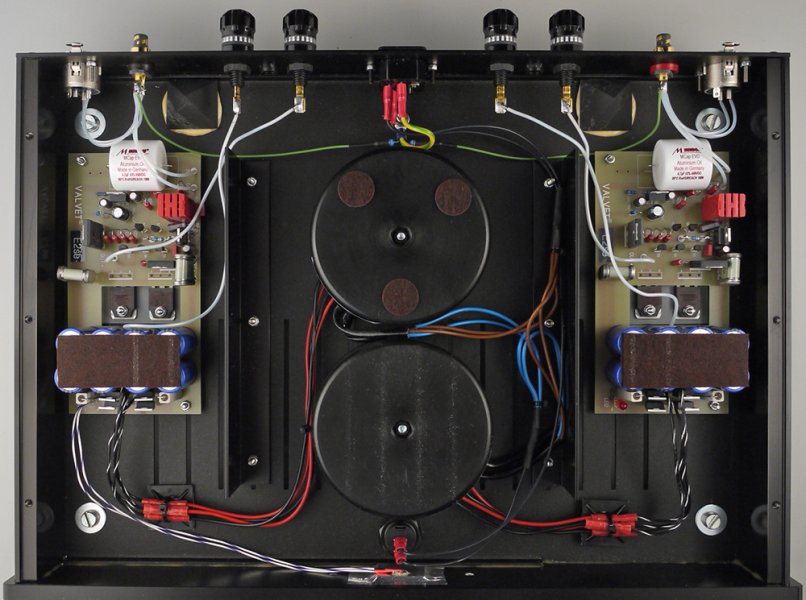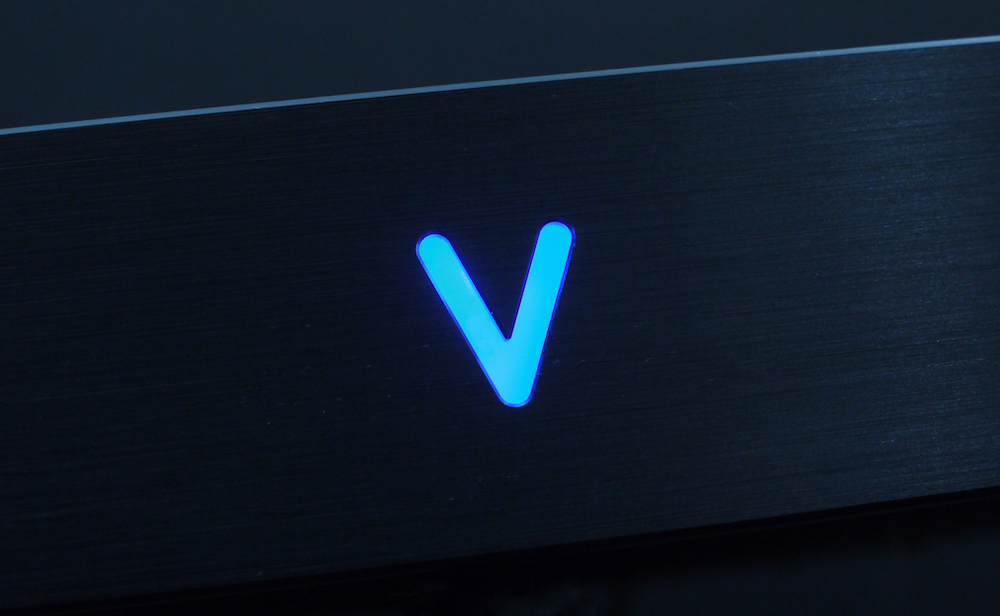Introducing My System
- Thread starter Thundersnow
- Start date
You are using an out of date browser. It may not display this or other websites correctly.
You should upgrade or use an alternative browser.
You should upgrade or use an alternative browser.
Which digital Xover or software? I have a mini-DSP device that works well but since I want analog too I now use an Accuphase analog active Xover. Drivers don’t need a lot of help so basic functions is sufficient.Yes, order and type, high pass and low pass for each driver, cutoff points, low shelf, attenuation and time alignment of each driver.

And… what did it come up with?Yes, order and type, high pass and low pass for each driver, cutoff points, low shelf, attenuation and time alignment of each driver.
What orders are you using?Which digital Xover or software? I have a mini-DSP device that works well but since I want analog too I now use an Accuphase analog active Xover. Drivers don’t need a lot of help so basic functions is sufficient.
8.) Magico and Pass Labs XP32 and XA200.8
If it were medieval times I would order a decree to behead every audiophile who dare not pair Pass Labs with Magico from this day forth. Extreme? Perhaps, but highly warranted. Not Pilium or any other amp comes close to breathing life into a (fairly) lifeless speaker in my book like Pass Labs does for Magico.- YouTube
Enjoy the videos and music you love, upload original content, and share it all with friends, family, and the world on YouTube.youtu.be
I have exactly the same observation. I had two Magico and Pass based system for years. If you have any interest, you can check out my “sublime sound” system thread. I also posted a number of videos. Once I learned about proper system set up, that system was very engaging and I enjoyed it a lot.
It's almost a "no brainer" in my mind to do this pairing for Magico. At least from the standpoint of how I hear music. I was quite impressed in Munich. I do very much enjoy the sound of your horn setup as well, so I'd say things went in a "more organic" direction for your sound -- which is great. But at the same time, for the Magico, yes, unless I hear better, I would stick with Pass Labs for both pre and power. One of the pure class A power designs.I have exactly the same observation. I had two Magico and Pass based system for years. If you have any interest, you can check out my “sublime sound” system thread. I also posted a number of videos. Once I learned about proper system set up, that system was very engaging and I enjoyed it a lot.
It came up with a very nutty semi-asymmetrical design using 2nd, 3rd and 4th order slopes. Also, very, very precise time alignments. But it required a huge amount of measured data as well as an 18-page prompt. With that said, across the entire band, the phase coherence is kept at some insanely tight minimum (would never be able to design this manually) and with a fantastic frequency curve while keeping each driver in their optimal working range.And… what did it come up with?
What orders are you using?
You are definitely heading in the right direction. Think similar setup but taking things to extreme in many ways: in terms of power supplies, analogue sections and digital hash EMI/RFI control as well as stripping down digital to bare bones so that it has the least amount of negative impact to the sound.Which digital Xover or software? I have a mini-DSP device that works well but since I want analog too I now use an Accuphase analog active Xover. Drivers don’t need a lot of help so basic functions is sufficient.View attachment 151900
How does the impluse response look?It came up with a very nutty semi-asymmetrical design using 2nd, 3rd and 4th order slopes. Also, very, very precise time alignments. But it required a huge amount of measured data as well as an 18-page prompt. With that said, across the entire band, the phase coherence is kept at some insanely tight minimum (would never be able to design this manually) and with a fantastic frequency curve while keeping each driver in their optimal working range.
In theory one may be able to model it, and use some Monti-Carlo method to roll through (the seemingly endless) number of case to meet some cost function.
That 18 page could be interesting to see if you were to considering sharing it.
The AI prompts to be are lot of back-n-force… maybe like a hostage negotiation.
Everything looks incredibly good measurment-wise. To the point I couldn’t design this myself probably ever.How does the impluse response look?
In theory one may be able to model it, and use some Monti-Carlo method to roll through (the seemingly endless) number of case to meet some cost function.
That 18 page could be interesting to see if you were to considering sharing it.
The AI prompts to be are lot of back-n-force… maybe like a hostage negotiation.
IT is my profession and this was a nice experiment combining my passion with work. Don’t plan to share anything yet.
3rd order butterworthAnd… what did it come up with?
What orders are you using?
I have a power filter as well as power regeneration on the sources. System is all tube except for the Active crossover. Final stage is a tube crossover.You are definitely heading in the right direction. Think similar setup but taking things to extreme in many ways: in terms of power supplies, analogue sections and digital hash EMI/RFI control as well as stripping down digital to bare bones so that it has the least amount of negative impact to the sound.
Respect sir. That’s a great approach.I have a power filter as well as power regeneration on the sources. System is all tube except for the Active crossover. Final stage is a tube crossover.
Could you drive your setup with tubes?Respect sir. That’s a great approach.
Yes, absolutely. But I have built a tube buffer. I am bypassing the op-amps and going straight from the DAC to the 8 tube buffered outputs and then into power amps. Power amps are classic AB, but they are three identical amps. Personally, I believe it's important to keep consistency in cables and amps when doing a multiway active. Also, this suits me for now because it removes variable(s) from the equation which is having consistency in amps sensitivity, input impedance, slew rates, etc.Could you drive your setup with tubes?
In the past of course I used tubes (various kinds), pure class A, etc, on the tweeters and midrange drivers in my active setups. Even though I am a huge tube fan, oddly enough, to my ears the sound of pure (real) class A was unmatched for highs. I distinctly and to this day remember ... I think(?) it was a Pass Labs 40W power amp design I recall as having sublime highs in my active setup.
Think it was this one: https://www.passdiy.com/project/amplifiers/the-pass-a-40-power-amplifier
I kind of reserve this spot for my own thoughts on hi-fi -- not to throw my hat into too many arguments -- but it baffles me how what I regard as some simple truths keeps getting drowned in the noise:
1.) Horns + SET amps = win
2.) Planars + High power SS = win
3.) Anything that works with said speakers + dynamic speakers = great overall performer
4.) Tubes somewhere in the path = win
Can you really truly argue this?
1.) Horns + SET amps = win
2.) Planars + High power SS = win
3.) Anything that works with said speakers + dynamic speakers = great overall performer
4.) Tubes somewhere in the path = win
Can you really truly argue this?
Very simple truth...I kind of reserve this spot for my own thoughts on hi-fi -- not to throw my hat into too many arguments -- but it baffles me how what I regard as some simple truths keeps getting drowned in the noise:
1.) Horns + SET amps = win
2.) Planars + High power SS = win
3.) Anything that works with said speakers + dynamic speakers = great overall performer
4.) Tubes somewhere in the path = win
Can you really truly argue this?
Similar threads
- Replies
- 1
- Views
- 659
- Replies
- 9
- Views
- 1K
- Replies
- 5
- Views
- 748
| Steve Williams Site Founder | Site Owner | Administrator | Ron Resnick Site Owner | Administrator | Julian (The Fixer) Website Build | Marketing Managersing |



